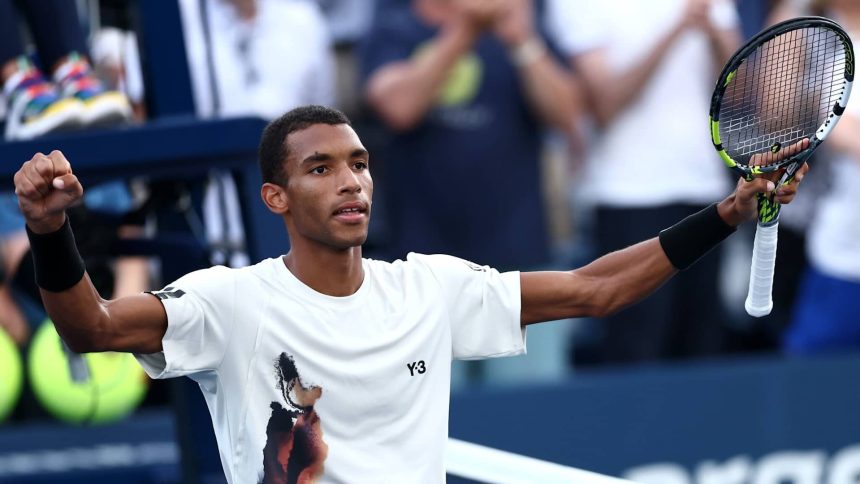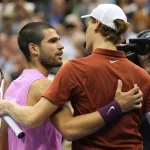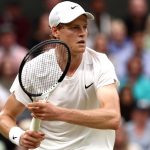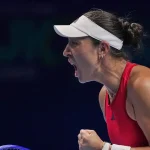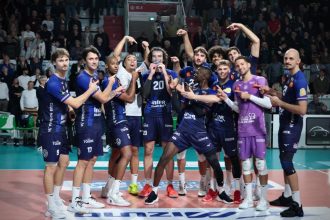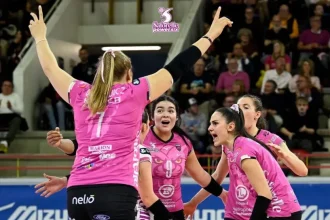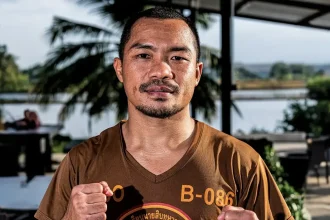Felix Auger-Aliassime’s 1-7 head-to-head record against Andrey Rublev seemed like a daunting obstacle. Yet, on Labor Day at the US Open, that history mattered little as the Canadian delivered a commanding performance to dominate the Russian 7-5, 6-3, 6-4 in a fourth-round thriller on Arthur Ashe Stadium.
While it’s thrilling to watch two nearly flawless players battle on tennis’s biggest stages, there’s something compelling about matches featuring players fighting to rediscover their form or revive stalled careers. Both Auger-Aliassime, ranked No. 27, and Rublev, the mercurial 27-year-old Russian No. 15, fit that narrative perfectly.
Rublev is no stranger to Grand Slam quarterfinals, but his 0-10 record at that stage is a record for frustration in the Open Era. Auger-Aliassime, once a rising star who cracked the top 10 in 2022, has since slipped down the rankings and struggled to maintain consistency.
But on Monday, FAA was on fire. He overwhelmed Rublev with a barrage of forehands and thunderous serves, some topping 130 mph, while hitting nearly twice as many winners (42-22). Though Auger-Aliassime committed 15 more unforced errors (33-18), his aggressive play kept Rublev constantly on the back foot.
“It was a great win, especially considering our head-to-head and how good he is,” Auger-Aliassime reflected. “I was down 4-2 in the first set, but once I settled in, I started putting a lot of pressure on him.”
Despite Rublev’s past dominance in their encounters, their recent clashes have been grueling battles, and this match added a high-stakes prize: a quarterfinal berth with a relatively open path, only No. 8 seed Alex de Minaur standing between the winner and the semifinals.
Auger-Aliassime’s forehand, long regarded as his signature weapon, was on full display. Rather than going for wild winners, he carefully calibrated his shots, mixing precision with power to control the rallies and keep Rublev from dictating play.
“Growing up, my instinct was to take control of the match,” FAA explained. “Sometimes that led to mistakes, but I learned to be more precise and consistent. Today, it paid off.”
Rublev’s weakness was clear: he couldn’t reach Auger-Aliassime’s powerful shots, and without access to the ball, his trademark aggressive style was neutralized.
Known for his calm demeanor and practical mindset, Auger-Aliassime stayed focused amid the pressure. Despite a huge upset over No. 3 seed Alexander Zverev in the previous round, he remained measured when asked about the significance of playing in New York. “I’m more practical — it’s about how I’m playing,” he said.
Auger-Aliassime’s struggles earlier this year in majors were well-documented, from surrendering leads at the Australian Open and Roland Garros to an early exit at Wimbledon on his favored surface. Injuries and confidence dips played roles, but the broader challenge of transitioning from a promising young talent to a consistent contender may have been the toughest hurdle.
“Sometimes it’s about figuring out your approach tactically and mentally once the physical side is sorted,” he said. “Now that I’m healthy again, I’m working on how I want to play.”
This Labor Day, his answer was clear: FAA is playing some of the best tennis of his career — good enough to break through to the US Open quarterfinals, and maybe beyond.


